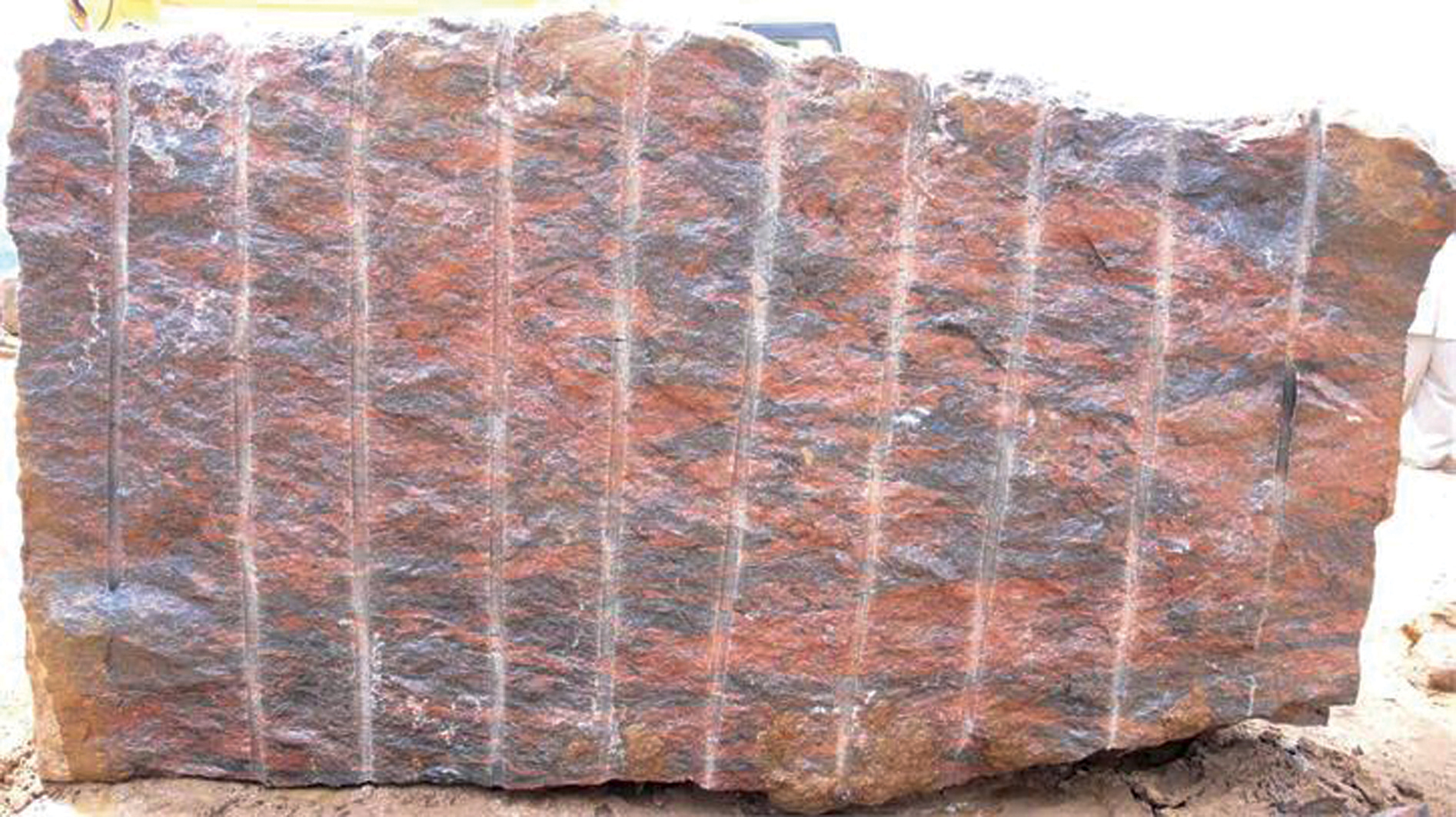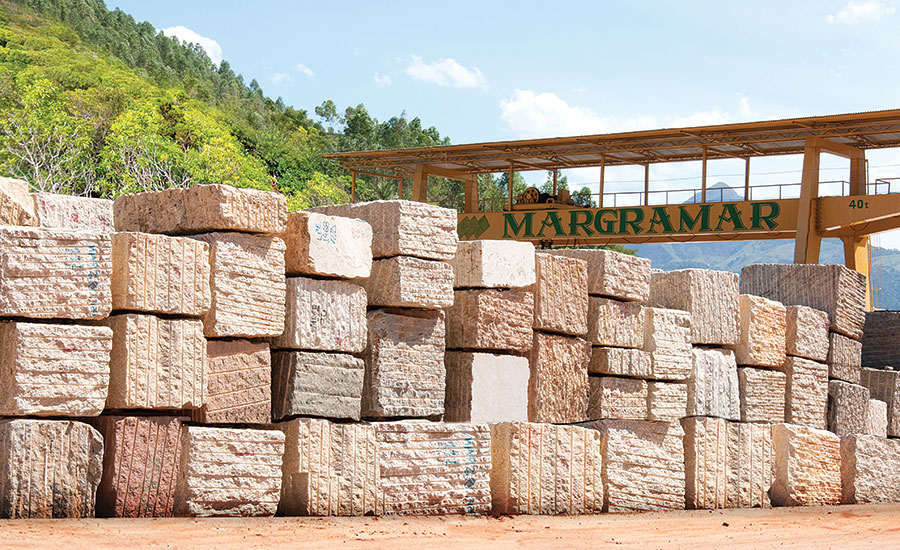Diving into of Granite Quarries in South Africa
Diving into of Granite Quarries in South Africa
Blog Article
Introducing the Mysteries of Granite Quarrying: Where Toughness and Style Meet
The world of granite quarrying is a realm where the raw stamina of nature assembles with human artistry to produce structures that stand the examination of time with an air of style. From the depths of quarries to the precise polishing in workshops, the procedure of changing granite right into architectural wonders is an intricate dance of custom and advancement. As we peer into the midsts of this ancient craft, we begin to uncover the covert complexities that shape the very essence of our developed atmosphere.
The Origins of Granite Quarrying
In the record of architectural history, the beginnings of granite quarrying are shrouded in a tapestry of old workmanship and geological wonders. Dating back to ancient Egypt and Mesopotamia, the removal of granite from quarries marked the start of a journey that would ultimately bring about the production of some of the world's most legendary frameworks.
Granite quarrying's roots can be mapped to the proficient artisans who acknowledged the stone's resilience and visual allure. With a combination of primitive devices and sheer decision, these early quarry workers discovered granite blocks that would certainly become the building blocks of human beings.
As human beings advanced, so did the techniques of quarrying granite. The Romans, renowned for their design expertise, established advanced approaches for drawing out granite to create monoliths, temples, and roadways that stood the examination of time.
The legacy of these old quarrying practices continues to shape contemporary design, with granite remaining a sign of strength and style in building projects around the world. (granite quarries in south africa)
Devices of the Quarrying Trade
The development of granite quarrying methods from old human beings to contemporary times highlights the essential duty played by the devices of the quarrying sell shaping the sector's methods. In old times, quarrying tools were rudimentary, commonly including blades, hammers, and wedges made from products like bronze or iron. These tools called for significant manpower and time to remove granite blocks from quarries.

In addition, the intro of pneumatic devices and high-powered machinery has dramatically lowered the physical labor required in quarrying procedures, boosting employee safety and security and performance. As the quarrying sector continues to innovate, the devices of the profession stay at the forefront of driving development and forming the future of granite removal.
Extracting Blocks of Granite
Using accuracy machinery and progressed methods, the extraction of granite blocks from quarries has actually become a sophisticated procedure in the contemporary quarrying market. The first step involves recognizing the place and size of the granite deposit to establish the most effective extraction approach. Once an appropriate website is selected, the extraction process begins with the drilling of holes for the placement of dynamites. Controlled blasting methods are then utilized to damage apart the granite right into convenient sections.

Polishing and Ending Up Strategies
To achieve a perfect surface area on granite blocks, competent craftsmens employ a series of precise sprucing up and completing strategies. After the initial removal and forming procedures, the granite obstructs go through a complete sprucing up phase to enhance their all-natural beauty and durability.
Along with sprucing up, finishing methods are used to more fine-tune the granite's appearance. These strategies may include flaming, sharpening, or cleaning, each offering unique textures and surfaces to fit different visual preferences. Flaming, for example, entails revealing the granite surface area to high temperature levels to develop a harsh, textured finish, suitable for outdoor applications where slip-resistance is necessary. Honing, on the various other hand, offers a matte finish that is smooth Continue to the touch, ideal for indoor counter tops and floor covering. By thoroughly choosing and applying these polishing and completing methods, craftsmens can change raw granite obstructs right into splendid items that showcase both stamina and sophistication.

Environmental Impact and Sustainability
With the expanding emphasis on ecological awareness in the industry, granite quarrying methods are increasingly scrutinized for their influence on natural sources and long-term sustainability. Furthermore, the transportation of granite from quarries to processing centers generates carbon emissions, additionally adding to ecological destruction.
To reduce these effects and ensure sustainability in granite quarrying, sector stakeholders are adopting numerous procedures. Executing advanced innovations to lower energy usage and water usage, recovering quarried land for ecological remediation, and advertising responsible sourcing practices are some check my reference strategies being employed. Furthermore, certifications such as the Forest Stewardship Council (FSC) and the Management in Power and Environmental Style (LEED) aid consumers determine ecologically friendly granite products.
Conclusion
To conclude, granite quarrying is a process that calls for specialized devices and methods to extract blocks of granite and brighten them to a high level of coating. While the environmental influence of quarrying can be considerable, initiatives are being made to enhance sustainability techniques in the sector. Generally, granite quarrying is a delicate balance between using the stamina and style of this natural stone while reducing its effect on the environment.
Report this page